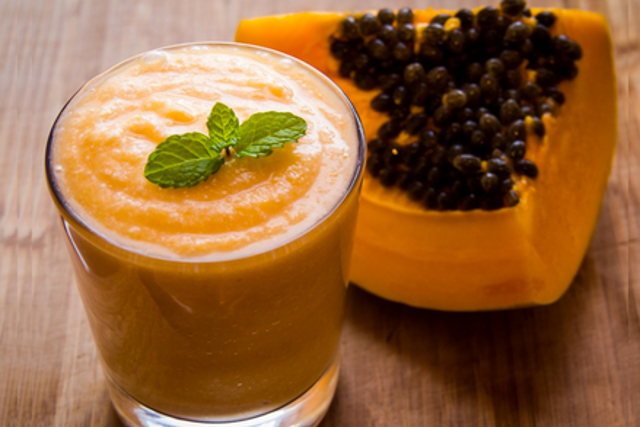
By Luca Atalla
Because people know nutrition is one of my chief concerns, I receive tons of email, Facebook messages and tweets asking about my diet. My approach to responding to these questions is the same as when a Jiu-Jitsu student of mine asks me to conjure up some magic position to teach them that will keep them from getting swept: “Let’s work on your posture instead.” I could get into the specifics on guard passes or ways to safely open guard but posture is, hands down, the most important principle in that matter. In much the same way, I could make you a list of all the foods I eat daily. The problem is, that list varies a lot. What doesn’t change, though, are the fundamentals. So I crafted my main principles into the following list.
1. PLANT-ORIENTED, NOT PROTEIN-ORIENTED
People ask me a lot, “Where do you get your protein?” I always reply, “What do you want protein for?”. Protein is so overrated. Your body can even absorb protein from dead cells. Besides that, whole grains, nuts, seeds, algae and even fruits have protein. If I had to pick just one lesson from the many useful ones taught by Grandmaster Carlos Gracie, it would be his fruit-based approach to meals. Protein is very acidic, and what your body doesn’t metabolize takes tremendous effort to expel. My motto is: watermelon over turkey.
2. WHOLEFOODS, NOT SUPPLEMENTS
Man often thinks it can outsmart nature by finding out what’s good in a plant or food, extracting the substance, and concentrating it in a capsule. According to Colin Campbell and many other re- searchers, there’s no evidence that even vitamin-C supplements are effective. What there is proof of, however, is that groups that eat vitamin-C-rich foods have better resistance to some diseases. Eat a carrot, not a beta-carotene capsule. That’s the same principle behind why refined sugar is worse than sugar-cane and sea salt is much better than refined salt.
3. SUPERFOOD
Superfood is just a food a lot richer in nutrients than its peers – especially in antioxidants. Just compare kale with romaine lettuce. According to Whole Foods Market ANDI (Aggregate Nutrient Density Index), kale scores 1000 whilst lettuce scores 389. Which should you choose, if you had to pick just one? The principle, there, is no different from the Jiu-Jitsu cornerstone of ‘Always seek the technique that achieves the most desirable result with the least effort. Other density-rich foods in this category: goji and other berries, açaí, spirulina, broccoli, Brazil nuts, hemp seeds, maca, pomegranate, mushrooms in general, and many others.
4. ORGANIC
This one’s quite logical: You don’t want to ingest pesticide, do you? I believe that if your body is healthy it can handle it; however, my goal when eating is to give my body as little work to do as possible and to keep it from having to put out fires. That’s the reason I go organic whenever I can. It’s more expensive, right? Unfortunately it is. But medical bills are way higher, especially when we’re talking chronic diseases. You don’t want to cut corners to save money on priorities like health.
5. DON’T GET HUNGRY
This is the most personal advice on this list. My friends often think I have iron will. The secret I’ll let you in on today is that I don’t; I’m just wise enough to avoid temptation. I realized that the more I get hungry, the more I crave something convenient and not so healthy. In other words, three bananas will satisfy me only if I eat them before hunger rears its head.





